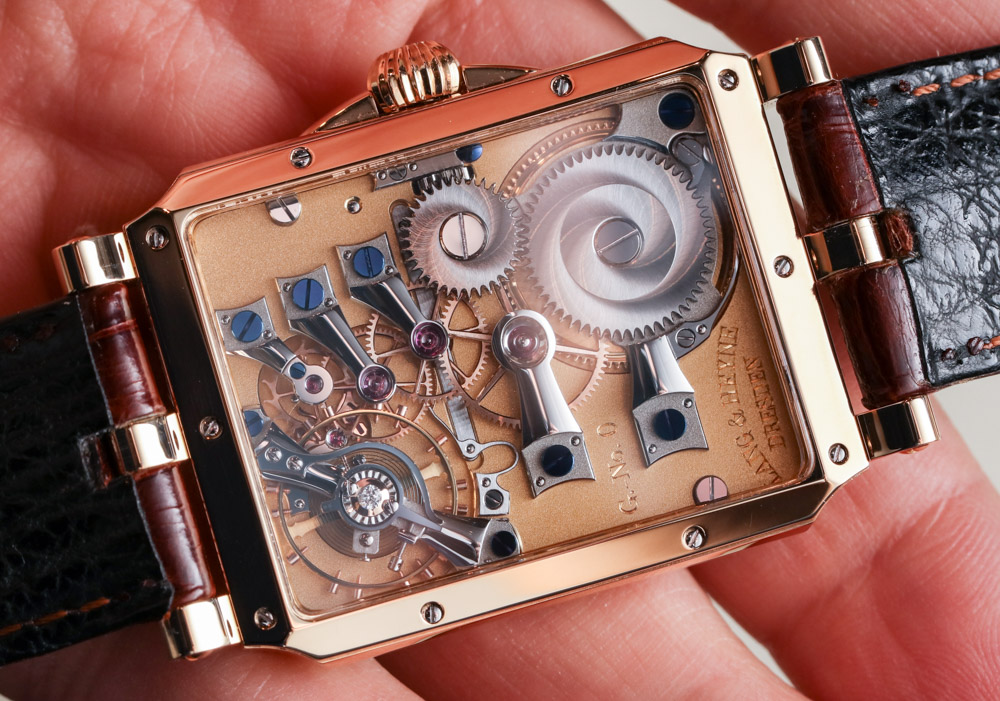1. Hands-On with Patek Philippe Highlights from Phillips’ Geneva Watch Auction
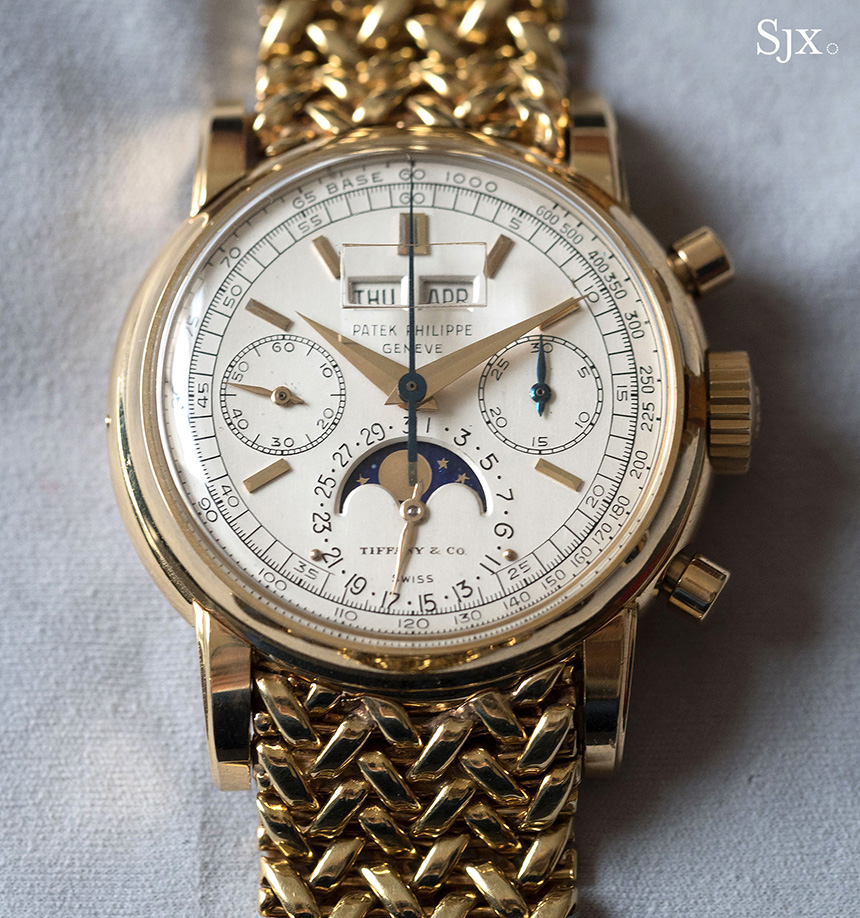
For those of you following the news, you would know that the watch industry isn’t so hot at the moment. However, the market for vintage watches is still doing pretty alright, especially if there are worthy pieces up for sale. The Geneva Watch Auction: Five takes place in May and will see over 237 watches up for sale, with over a quarter of the catalog being Patek Philippe watches. The headline piece is the Patek Philippe ref. 2499 with a Tiffany-signed dial. Other notable pieces include a Patek Philippe ref. 1579 in pink gold with “spider lugs” and a ref. 2497 in pink gold. For those looking to get a high-quality vintage Patek Philippe, here are the highlights from this upcoming auction.
Source: Watches by SJX
2. Why Diamond Set Watches Are Their Own Complication
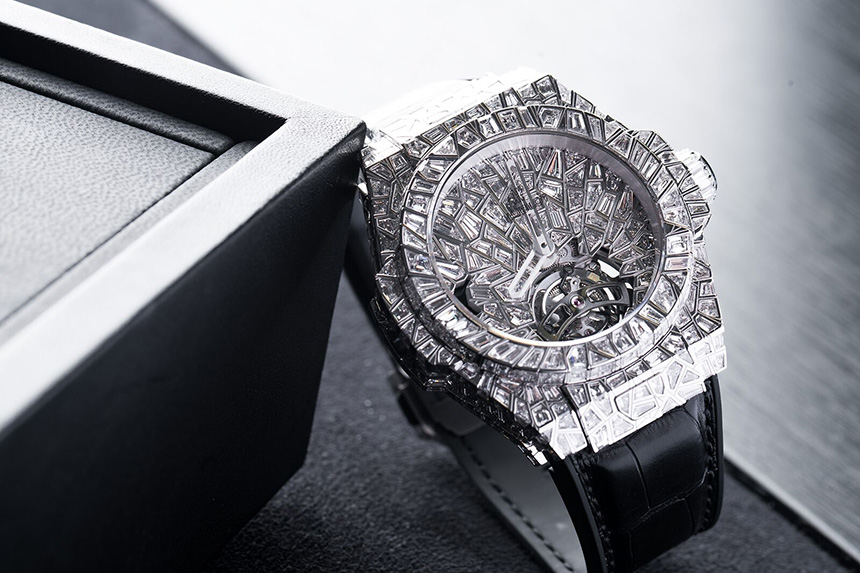
Diamond-set watches get a bad rap around here. They are often derided as being too flashy and blingy, and that people who buy them often do so not for an appreciation or understanding of watchmaking but for showing off. However, putting numerous tiny diamonds in place on the bezel or dial is more difficult than you might think. In fact, a diamond-set watch requires the skills of many professionals and artisans, including gemologists, cutters, polishers, and setters, and that’s not to mention engineers and watchmakers too. This article explains why diamond-set watches, as flashy and ostentatious as they may be, deserve our respect.
Source: Haute Time
3. SII Morioka Factory 2017
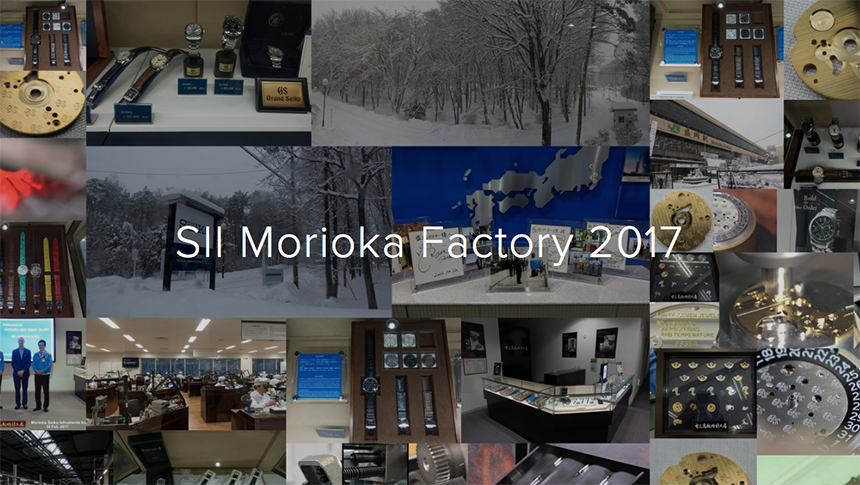
Seiko has factories across Japan, but the one in Morioka is one of their more important ones. The Morioka factory is probably most famous for producing Seiko’s high-end mechanical Grand Seiko and Credor watches. But did you know that Morioka also produces quartz movements for OEM sales? And did you know that the Morioka factory also produces tools that they are unable to source from normal suppliers such as drills, taps, and various cutting and milling tools? Yup, Seiko is so “in-house” that they even make the tools used to make their watches.
Source: Plus9Time
4. Tick tock: The importance of knowing the right time

Knowing the time is a crucial and important thing, in the past and even now. For example, prior to the invention of the marine chronometer, navigators at sea had to guess their longitudinal position with inaccurate clocks and could and would very often end up hundreds of miles from where they thought they were. Even today, because of small time differences between GPS satellites and interference from the Earth’s ionosphere, it is possible for GPS systems to misjudge your position by a couple of meters. This isn’t a problem for navigation, but for self-driving cars, it could mean life or death.
Source: BBC
5. Joining Forces For The Best? The Tudor / Breitling Mechanical Alliance
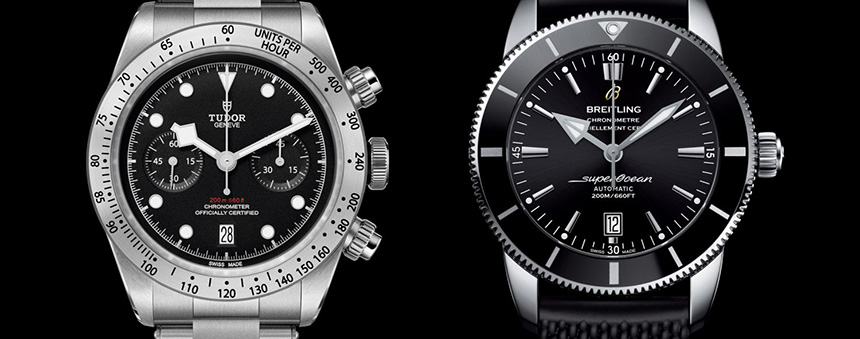
An important development at this year’s Baselworld was the alliance of Tudor and Breitling. Tudor’s new Heritage Black Bay Chronograph uses an integrated chronograph movement with a column wheel and a vertical clutch, but it is based on Breitling’s accomplished and in-house B01 movement. Breitling, on the other hand, will adopt Tudor’s own in-house MT5612 three-hander movement in their new Superocean Heritage II watches. Personally, I’m all for this sort of collaboration. The Breitling B01 is a tested and proven chronograph movement and so is Tudor’s MT5612. So it makes sense for Tudor and Breitling to make use of each other’s expertise, as opposed to developing their own new movements. After all, a new movement requires lots of time and money to research and develop. Ultimately, this is a good way to keep costs down. However, some watch lovers are not at all pleased at this alliance. Maybe this article can change your mind.
Source: Monochrome

